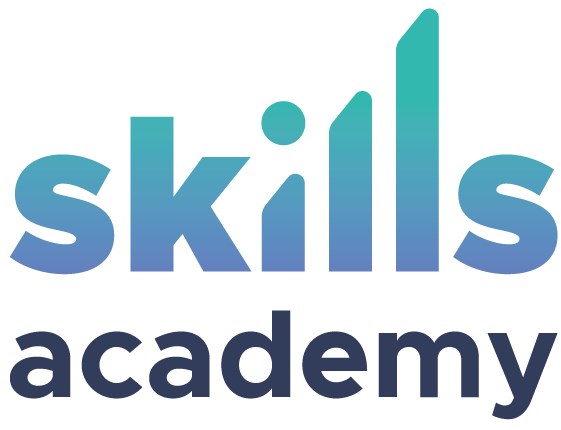Buying Heavy Machinery: A Comprehensive Checklist
Investing in heavy machinery is a significant determination for any enterprise involved in industries such as construction, mining, agriculture, or manufacturing. The correct equipment can enhance effectivity, improve productivity, and contribute to the overall success of a project or operation. Nevertheless, given the substantial financial commitment and the potential impact on operations, it’s crucial to approach this process methodically. Here’s a comprehensive checklist to guide you through the process of buying heavy machinery.
1. Assess Your Needs
Before considering any buy, it’s essential to obviously define what you need the equipment for. Consider the scope of your projects, the environments in which the machinery will operate, and the specific tasks it needs to perform. This step helps ensure that you choose machinery that matches your operational requirements without overspending on pointless features.
2. Set a Budget
Once your wants are defined, set a realistic budget that features not just the purchase value, but additionally ongoing costs equivalent to fuel, upkeep, insurance, and operator training. Understanding the total price of ownership will provide help to make an informed monetary choice and manage your money flow effectively.
3. Research and Evaluate Brands and Models
With a clear thought of what you need and a budget in place, research varied brands and models to find equipment that best fits your criteria. Consider factors like performance records, fuel effectivity, ease of maintenance, and technological advancements. Comparing these elements across different brands can highlight one of the best value proposition for your business.
4. Inspect the Equipment
Whether or not shopping for new or used machinery, an intensive inspection is crucial. For new equipment, this involves guaranteeing that each one components are in perfect condition and that the machinery comes with all needed certifications and warranties. For used machinery, more detailed scrutiny is needed; check for signs of wear and tear, potential repairs, and the general mechanical and operational condition. If potential, have a certified technician or engineer perform the inspection.
5. Consider Financing Options
Heavy machinery might be expensive, and paying outright won’t be feasible for all businesses. Discover totally different financing options reminiscent of loans, leases, and rental agreements. Every option has pros and cons associated to tax implications, ownership, and price over time, so consider what finest fits your business model and financial situation.
6. Evaluate Operational Costs
Understanding the operational prices associated with new machinery is vital. This contains estimating the fuel consumption, regular maintenance schedules, spare parts availability, and labor costs for operators. Factor within the efficiency positive factors the new equipment might provide, such as reduced operational time and lower energy consumption, which can offset a few of these costs.
7. Evaluation Safety Options
Safety have to be a previousity when buying heavy machinery. Modern equipment typically comes with enhanced safety features such as backup cameras, proximity sensors, and automatic shutdown mechanisms. Make sure the equipment complies with all relevant safety standards and rules to protect your operators and reduce the risk of workplace accidents.
8. Check Regulatory Compliance
Depending in your location and business, certain rules may govern using heavy machinery. This may embody emissions standards, noise rules, and operational permits. Be sure that any equipment you consider is compliant with these rules to avoid fines and legal issues.
9. Plan for Training and Integration
Introducing new machinery into your operations will likely require training for operators and upkeep staff. Plan for this training and consider the time it will take for integration into your existing operations. Clean integration will make it easier to maximize the return in your investment.
10. Post-Purchase Help and Warranty
Finally, consider the level of help offered by the manufacturer or seller after the purchase. This contains warranty intervals, customer service availability, and access to technical support. A robust help system can significantly affect the long-term worth of your heavy machinery investment.
Purchasing heavy machinery is a complex process that requires careful planning and consideration. By following this checklist, you possibly can make a more informed decision that aligns with your enterprise wants and budget, guaranteeing that your investment contributes positively to your operational goals.
If you have any queries relating to wherever and how to use mini excavator, you can call us at our web site.

Responses